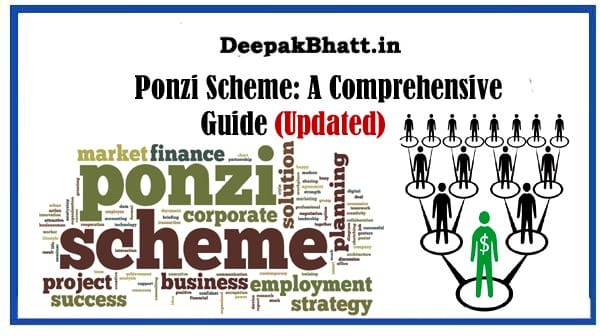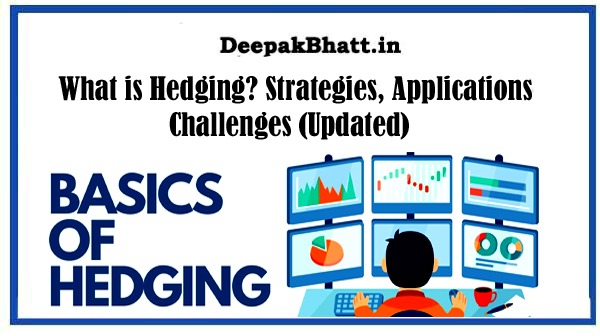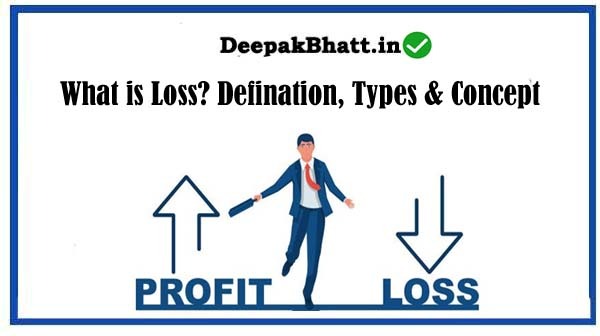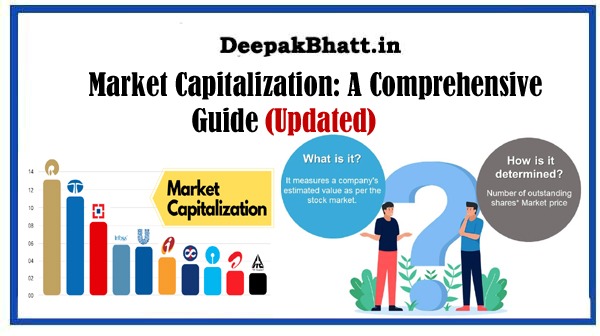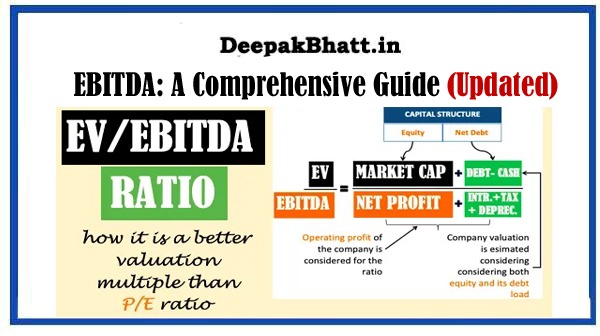The term “Ponzi scheme” has become synonymous with financial deceit and fraudulent investment practices.
In this comprehensive exploration, we delve into the origins, mechanics, and notorious examples, shedding light on the cautionary tales that continue to resonate in the world of finance.
Market Capitalization: A Comprehensive Guide
Discretionary Income: A Comprehensive Guide
I. Defining the Ponzi Scheme
1. Origin and Namesake:
The Ponzi scheme is named after Charles Ponzi, an Italian immigrant who perpetrated one of the most infamous frauds in financial history during the early 20th century.
2. Definition:
A Ponzi scheme is a type of investment scam where returns are paid to existing investors from funds contributed by new investors, rather than from profit earned by the operation of a legitimate business.
Mastering Collaboration: Work Together Best Results
Business Writing Skills Course 87% Free
II. Mechanics of a Ponzi Scheme
1. Promise of High Returns:
Perpetrators entice investors with the promise of exceptionally high returns, often with little or no risk involved.
2. Use of New Investments:
Funds from new investors are used to pay returns to earlier investors, creating the illusion of a profitable enterprise.
3. Lack of Legitimate Business Operations:
Unlike legitimate investment opportunities, Ponzi schemes lack sustainable business operations or legitimate sources of revenue.
4. Continuous Recruitment:
To sustain the scheme, operators must continually attract new investors to provide returns to earlier participants.
III. Charles Ponzi and the Infamous Scheme
1. The Boston Scheme:
In the early 1920s, Charles Ponzi promised investors a 50% return on their investment within 45 days or 100% within 90 days, exploiting an arbitrage opportunity in international reply coupons.
2. Collapse and Legal Consequences:
Ponzi’s scheme collapsed when he couldn’t meet the escalating demands for returns. He faced legal consequences, serving time in prison and ultimately being deported.
IV. Notorious Ponzi Schemes Throughout History
1. Bernie Madoff’s Multibillion-Dollar Fraud:
Bernie Madoff orchestrated one of the largest Ponzi schemes in history, defrauding investors of billions of dollars over several decades. His arrest in 2008 sent shockwaves through the financial world.
2. Zeek Rewards:
Zeek Rewards, a 2012 Ponzi scheme, lured investors with promises of high returns from the profits of Zeekler, an online penny auction site. The scheme collapsed, leading to legal action.
3. The Stanford Financial Group:
In 2009, the U.S. Securities and Exchange Commission (SEC) exposed the Stanford Financial Group’s $8 billion Ponzi scheme, masterminded by Allen Stanford.
V. Red Flags and Warning Signs
1. Consistent High Returns:
Unusually consistent and high returns should raise suspicion, especially if they significantly exceed market averages.
2. Secrecy and Lack of Transparency:
Ponzi schemes often operate with a lack of transparency, providing vague or evasive answers regarding the investment strategy.
3. Difficulty in Withdrawals:
Investors facing challenges or delays in withdrawing their funds should be wary, as this could indicate liquidity issues within the scheme.
VI. Regulatory Responses and Investor Protection
1. Increased Regulatory Scrutiny:
Regulatory bodies, such as the SEC, have intensified efforts to detect and prosecute Ponzi schemes, implementing stricter regulations to protect investors.
2. Educating Investors:
Investor education plays a crucial role in preventing Ponzi scheme participation. Awareness of red flags and due diligence are vital for protecting oneself from fraud.
VII. Lessons Learned and Moving Forward
1. Vigilance and Due Diligence:
Investors must remain vigilant, conduct thorough due diligence, and question investment opportunities that seem too good to be true.
2. Regulatory Collaboration:
Collaborative efforts between investors, regulatory bodies, and financial institutions are essential to swiftly identify and dismantle Ponzi schemes.
VIII. Conclusion
In conclusion, Ponzi schemes continue to be a dark stain on the financial landscape, preying on unsuspecting investors. Learning from historical examples and understanding the red flags associated with such schemes are crucial steps in safeguarding against financial deception.
So, whether you’re a seasoned investor or new to the financial world, remember the adage: “If it sounds too good to be true, it probably is.” Stay informed, stay cautious, and protect yourself from the deceptive web of Ponzi schemes.

